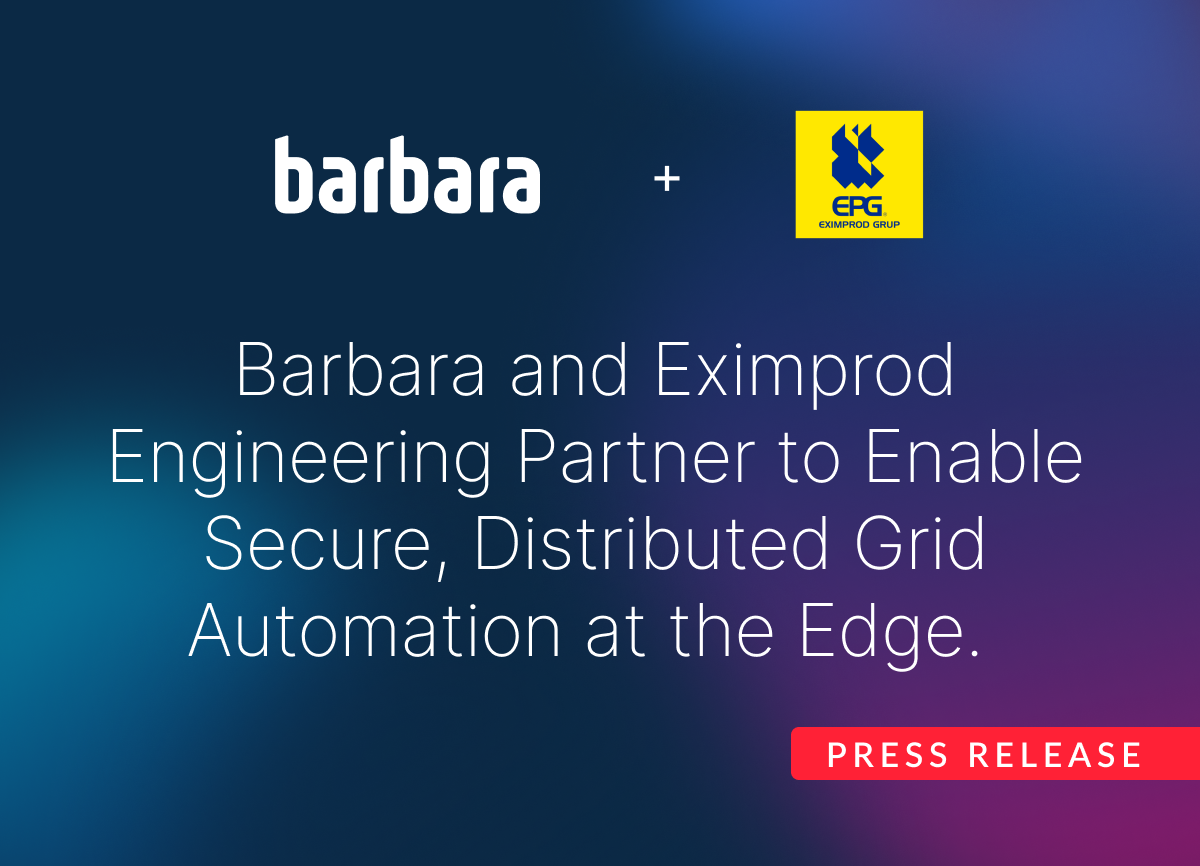Thin Edge Computing vs Thick Edge Computing
The growth of Edge technology is causing a revolution on the path to Industry 4.0, and the need has arisen to define different parts of the Edge and their functionalities. Concepts such as thin edge and thick edge have emerged from the exponential growth of Edge Computing technology, which industry experts claim is the key to the digital transformation of critical industrial infrastructures.
Thick Edge or Thin Edge - what's the difference?
As new use cases emerge, edge diversification is continuing to expand alongside technology and business requirements. Here is an explanation of these concepts, before comparing the two extremes and then looking at some of their technical requirements for industrial implementations.
The difference between the case uses of the thin edge and thick edge boils down to where data is processed and where intelligence is generated.
So, how do we know what to use and where to use it to improve our industrial processes? This is one of the main debates within development teams: do your devices need thick edge technology and its highly analytical processing power, or the thin edge, offering lighter, and therefore less expensive computing?

What is the Thick Edge?
When data processing is performed at the point closest to the network and furthest away from the devices, this is "Thick Edge". As the devices may be anything from 100 m to 40 km away, processing is performed by high powered Edge Nodes, or in some cases even embedded in the core network equipment itself. An example of this are some 5G communication towers, which can perform data storage and processing, avoiding unnecessary latency when the communicating devices are on the same network.
Thick edge devices can perform extremely intensive analytics for a fully connected asset environment. They are ideal for situations requiring fully self-contained, high-performance analysis, and operational visualisation and where size, power and the addition of new physical components are not an issue.
That said, there are many situations where size, cost and power are major constraints.
This is where thin edge technology comes in.
What is Thin Edge?
If data processing takes place on network equipment or data aggregators located on the local network itself, this is "Thin Edge" technology. Here we are talking about physical distances of 1 to 100 metres, and processing is done by lower-powered Edge Nodes with 1GHz and no more than 8GB of RAM, which in many cases also act as data concentrators, IoT gateways, or even intelligent industrial automation equipment.
Thin edge implementations are typically much lighter than thick edge in terms of physical size, product cost, power requirements, and the complexity of the installation. They also work using minimal resources on small, lightweight computing devices, such as modern network routers, set-top boxes or display units.
Until now, thin edge devices could perform less intensive analysis on a single or small number of connected assets, but they did so semi-autonomously. For example, on detecting a problem, the device would "call for help", alerting online platforms to vibration or moisture measurements, outside locally manageable thresholds.
More recently, however, we have seen a clear tendency towards the integration of more intelligence into smaller devices - thanks to platforms such as Barbara - capable of enabling AI applications on these devices as well.
Lightweight, low-power perimeter devices for harsh, low-connectivity work environments are the key to automating and improving processes and enabling new business ventures.
In many industries, such as IoT, these devices are located far away from where data is processed. This means that the data received tends to be delayed and patchy. In some high-impact or high-cost service industries this wait is critical.
Thick Edge vs Thin Edge
What is the optimum solution? Thin Edge Computing that supports real-time usage data processing: analysing data closer to the source, reducing latency and saving on the cost of moving and storing data in the cloud.
Industries need to be able to extract even more value from their products through increased uptime, additional operational intelligence and an improved user experience. The sector now sees the edge as a perfect means of achieving this.
Yet Edge Computing is highly nuanced and the different types coexist to provide actionable intelligence on remote assets: individual or groups of co-located assets, as needed.
While an increasing number of IoT use cases demand a greater degree of edge processing, solutions at the edge are still grappling with the challenges of secure connectivity and application management. This is where Barbara can help: our secure-by-design platform for Edge Nodes makes it possible to deploy, manage and configure edge applications centrally with a single click.
Conclusion
The model is changing. We are moving from intelligence residing in the industrial equipment – the hardware - to intelligence residing in the software. Edge Computing is following a clear trend in industrial digitisation to generate intelligence in distributed elements, and that is why specialised providers such as Barbara are essential.
If you are interested in this article, contact us to learn more about Barbara Edge Technology do contact us



.png)





